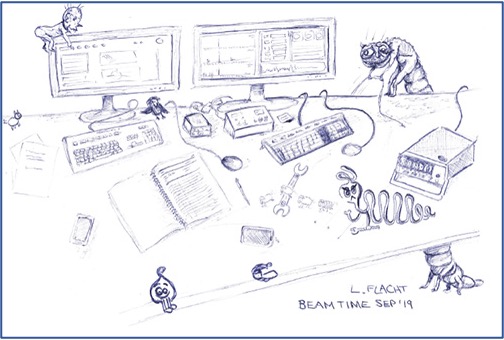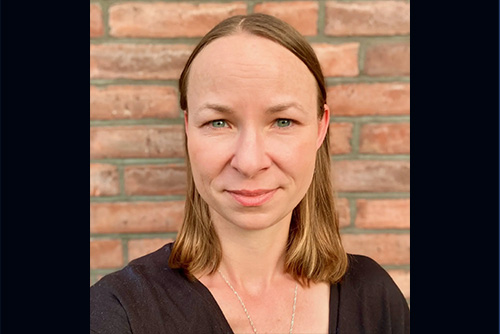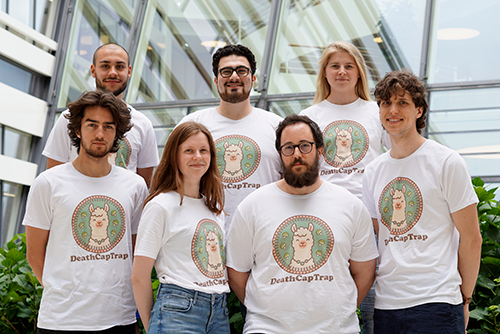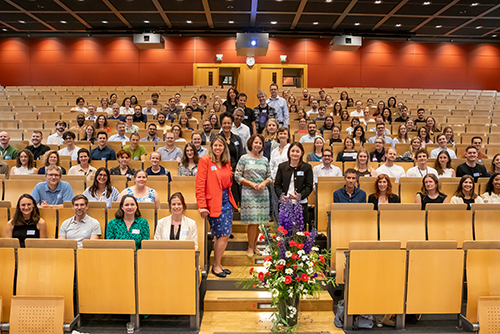CSSB funds flagship project PLASMOFRACTION
CSSB Director’s funds have recently been awarded to an ambitious flagship project called “PLASMOFRACTION” which will use a bottom-up structural systems biology approach to investigate membrane protein complexes in the transmissible gametocyte stages of the malaria parasite Plasmodium falciparum.
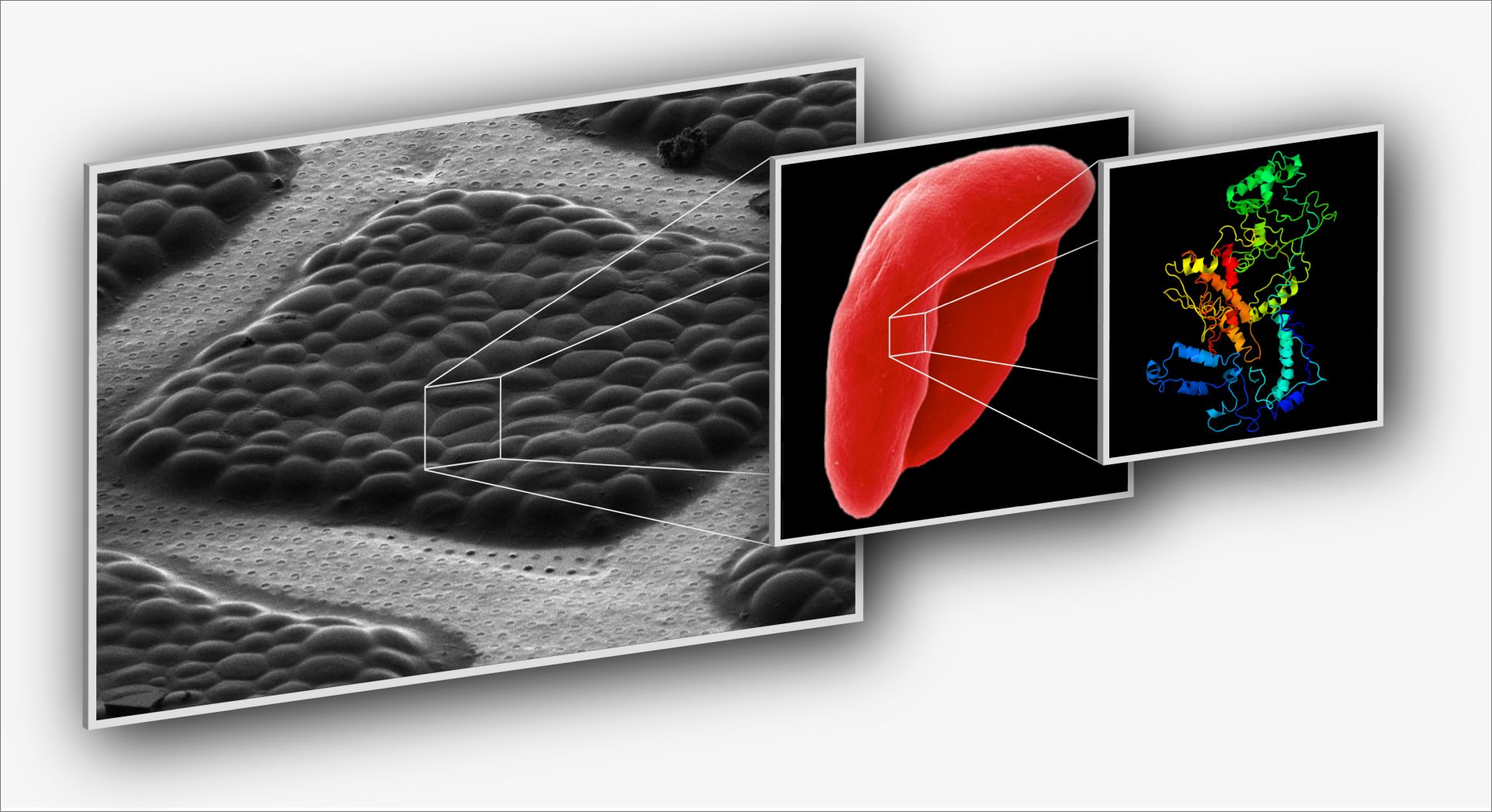
Late last year the CSSB directors issued a call for proposals to identify a single project that not only fosters CSSB’s scientific excellence but also fosters collaboration among research groups from different partner institutions. The chosen flagship project “PLASMOFRACTION” will receive 500K EUR over a three-year period. ““We are excited to be supporting this project as it combines the expertise of three CSSB group leaders and fully integrates the technologies offered by two in-house facilities,” explains CSSB Scientific Director Chris Meier “this innovative project promises to deliver unprecedented insights into the interactions between the malaria parasite and its human host.”
Malaria remains a major global health burden that causes approximately 450.000 deaths annually. The “PLASMOFRACTION” project will investigate the sexual gametocyte stage of the P. falciparum parasite. The gametocyte is the only developmental stage in the parasite’s complex life cycle which enables the transmission to mosquitos, making it a prime target for new intervention efforts such as transmission-blocking drugs and vaccines.
While gametocytes are of high medical relevance, little is known about their molecular structure and function. “PLASMOFRACTION” will investigate P.falciparum gametocyte biology from a fresh angle an innovative shotgun structural biology approaches that use cryo-EM to identify and determine structures of protein complexes directly from the parasite’s cellular membranes. These new techniques will enable the researchers to detect previously unidentified protein complexes in gametocyte membranes. Integrative atomic models constructed based on the imaging data will provide detailed insights into the mechanisms of these protein complexes and could potentially identify new drug targets to combat malaria.
“PLASMORFRACTION combines my groups expertise in parasite biology, the Loew group’s knowledge of membrane proteins, and the Kosinski group’s proficiency in integrative modeling with the amazing, state-of-the-art technology available in the Multi-User cryo-EM and Protein Production facilities,” explains Michael Filarsky the project lead. “Such an innovative and ambitious project is only possible in the multi-disciplinary and collaborative environment provided by CSSB.” The two postdocs and one PhD student that will be hired for this flagship project should be able to start working together in August. “We are all eager and excited for PLASMORFRACTION to begin,” notes Filarsky.
Open Position:
Postdoctoral Fellow EMBL: https://www.embl.org/jobs/position/HH00199/
